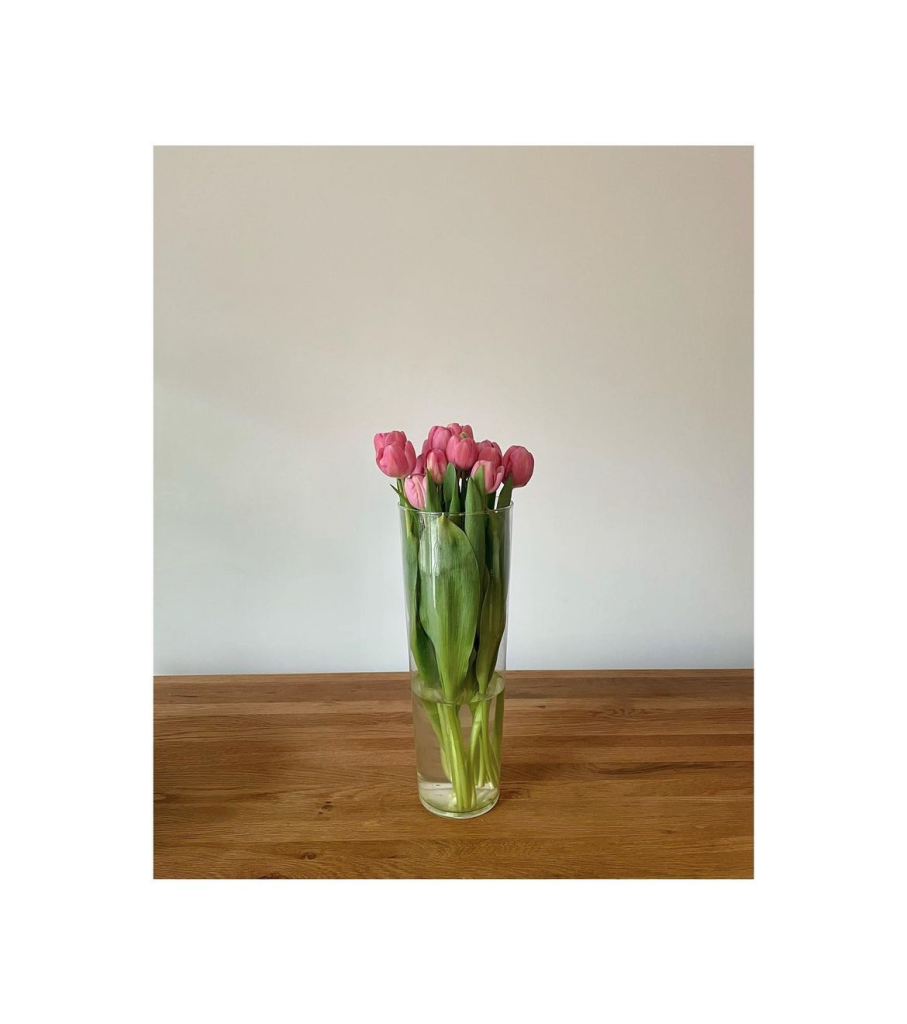
Psychotherapy is both a science and an art form and I see the therapeutic endeavor very much as a creative process. Psychotherapy is both an art and a science. (O’Donohue, W, Cummings, N, and Cummings, J, 2007). Different modalities tend to lean more towards one or the other. For example, cognitive behavior therapy is more concerned with the mind and cognitions and is therefore more rooted in science, whereas humanistic therapy is more concerned with emotions and unconditional positive regard and leans more towards art and a creative process. Existential psychotherapy (Yalom, I, 1980) is centered around philosophy and abides by the rules of phenomenology – the study of what is, and so it has a scientific and philosophical underpinning as well as the art form of establishing a safe and secure therapeutic relationship. Good therapy requires both. It is a human endeavor and so creativity is paramount but it is also important to be able to measure the effectiveness of therapy and so science is also beneficial. As a psychotherapist I also have my own art practice. The image is of one of my prints, ‘full moon’ which is inspired by my trip to India to train as an ashtanga yoga teacher. Ashtanga (Sri Swami Satchidananda, 2012), is traditionally practiced every day accept Saturdays, as there needs to be one day for rest, and on full moon days as it is thought that the full moon creates a lot of energy in the body, making injury more likely.
bibliography
1), O’Donohue, W, Cummings, N, and Cummings, J. The Art and Science of Psychotherapy (2007) University of Nevada Reno: Nevada, USA
2), Sri Swami Satchidananda, Yoga Sutras of Patanjali: New Edition. 2012, Integral Yoga Publications: India
3), Yalom, I. Existential Psychotherapy, 1980. Basic Books: New York
